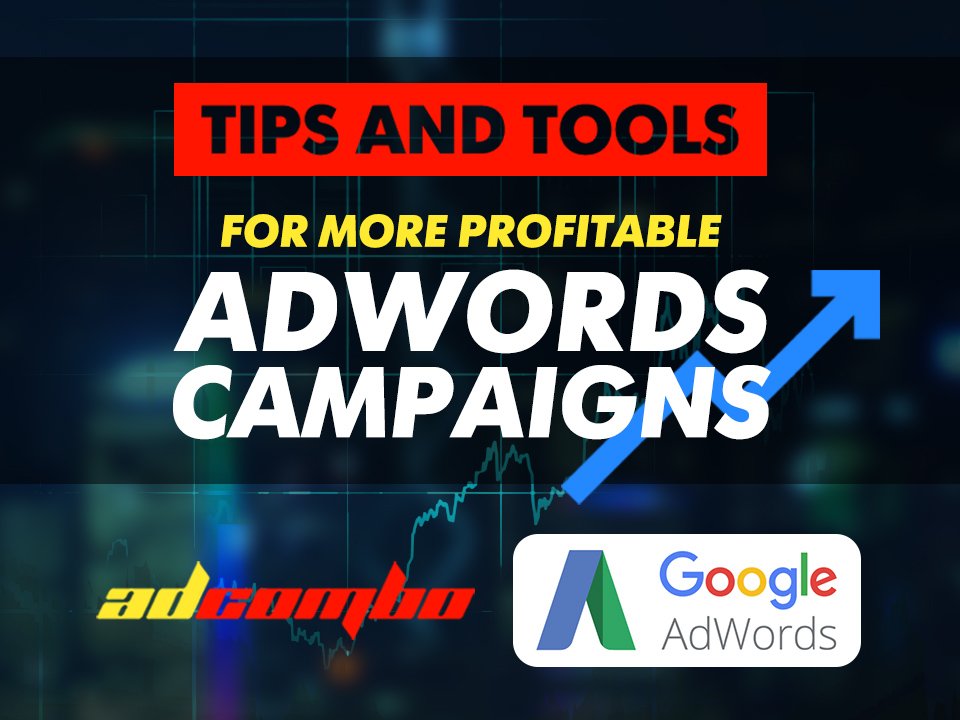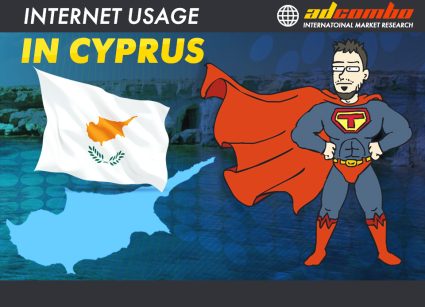-
 Tips and Tools for More Profitable AdWords Campaigns25.4.2017Reading Time: 4 minutes
Tips and Tools for More Profitable AdWords Campaigns25.4.2017Reading Time: 4 minutesA very effective way to generate targeted traffic in your affiliate marketing efforts is by using Google AdWords. This is hardly the Internet’s best kept secret, but herein lies a significant challenge. Literally millions of dollars being spent on AdWords each and every day from innumerable advertisers and marketers. Not only do you need to cut past this competition, but you need to make sure that you are reaching the right kind of audience with the right kind of message.
How can you ensure that your AdWords ad campaign is as profitable as possible when promoting affiliate offers? Here are five very important tips and insights to keep in mind when crafting your AdWords campaign.
Start with a Very Clear Goal
This may sound obvious enough to many marketers, but you’d be surprised how many people go into a Google AdWords campaign without clearly laying out what they intend to achieve. If you don’t know what your goal is, you will never know whether or not you accomplished it.
For instance, there are some campaigns that may be driving traffic to a landing page on a blog. However, on this same page there is a pop-up message encouraging the visitor to sign-up for an email newsletter. Some additional ads may populate the sidebar. This only leads to user confusion, because there are too many different calls to action.
Is your primary objective to grow your email subscriber list so that you can continue to promote more offers in the future rather than focus on a single offer right this moment? Or are you trying to promote a specific offer right now?
Another intimately related consideration is figuring out who your target customer is. Be as specific as possible as this will guide all of the decisions you will make throughout the rest of the process. What age group? What geography? What interests? What income level? What device? What browser? What ethnicity or language? The list goes on and on and on.
Separate Search and Display Campaigns
Google AdWords now offers an option that can effectively combine your search campaigns with your display campaigns into one integrated effort. This might sound very appealing on the surface, but this will ultimately work to your detriment.
For reference, AdWords for Search are the paid advertisements that appear at the top of the search engine results page when a user searches for a particular term in Google. These “sponsored results” are separate from the Google Display Network. Display ads appear on the websites of publishing partners who have signed up with Google AdSense.
These are remarkably different advertising systems that work in remarkably different ways. While you still “bid” on keywords in both cases, the way that users interact with the ads will be different and the way that you can reach the audience will be different. Keep these campaigns separate and optimize them separately if you want to maximize the impact and profit you can earn.
Research Your Keywords
It goes without saying that your keywords are going to be the heart of your marketing campaign. The Keyword Planner from Google AdWords is the most obvious choice when it comes to tools for seeking out the best keywords to target, but there are countless other third-party solutions that can arguably provide you with even better data and more insights.
Entire books have been written on the subject and it would be impossible to go through all the finer details in the confines of this article. That said, there are a few key concepts that you’ll want to keep in mind beyond the “basic” research of finding high volume keywords with less competition (to provide a better ROI based on your CPC).
Take the time to research long tail keywords. These are keyword phrases that are, by definition, longer than just a few words. These allow you to get much more specific and targeted, oftentimes finding terms that may not have the largest search volumes but may yield the best return on investment. Similarly, leverage negative keywords to reduce wasted expenditure. Go beyond exact matches to seek out phrase matches, avoiding broad matches again to minimize wasted cost.
In addition to the main keyword planner from Google, other tools you might consider include SEMrush, KeywordTool.io, Wordstream, Ahrefs and Buzzsumo.
Always Use a Tracking Link
Just like keyword research, a wealth of material is available discussing tracking links. And again, as obvious as it may sound, many marketers fail to use tracking links. That’s a major mistake. Clickmeter is one of many tools for this purpose. Hubspot has a great tutorial on the subject too.
By using tracking links, you can really start to segment your campaign data so you can refine the variations to optimize performance. Utilize conversion tracking, whether you’re directing traffic to your landing page, an advertiser page or anything else.
Split Test and Review Results
Having access to all that tracking, click and conversion data isn’t going to do you much good if you don’t actually act upon it. Another very common mistake is that marketers can take a “shotgun” approach to a campaign. They’re either run just a single version of the campaign and hope for the best or they’ll run far too many variations, not knowing what variable is the one that really made all the difference.
A/B split tests can cut through all that clutter and confusion. Run two different versions of your AdWords campaign, changing only one variable. It might be the keywords you target, the headline text, the ad body text, the geographic region you’re targeting (be as specific as possible!), whether you’re sending traffic directly to the advertiser or your own landing page… the possibilities are endless.
Many marketers might run an A/B split test, determine a winner and run with it. That’s also a mistake. You should never stop testing and never stop optimizing. When you’ve determined which version of your test is the better performer, drop the other one and replace it with another variation, running a new split test. Rinse and repeat. Never stop the battle.
Another important consideration is to review your placement report regularly if you are running your campaign through the Google Display Network. You might find that you are wasting your resources on a website that the algorithm determines is relevant, even though it’s not related at all or it is converting very poorly. Be very vigilant about this.
Running a successful and profitable Google AdWords campaign is both a science and an art. There are innumerable variables to consider and you’ll always feel like you’re playing a game of catch-up. That’s normal. Keep these tips in mind and never stop testing.





Just used this for my adwords campagin. Thanks guys